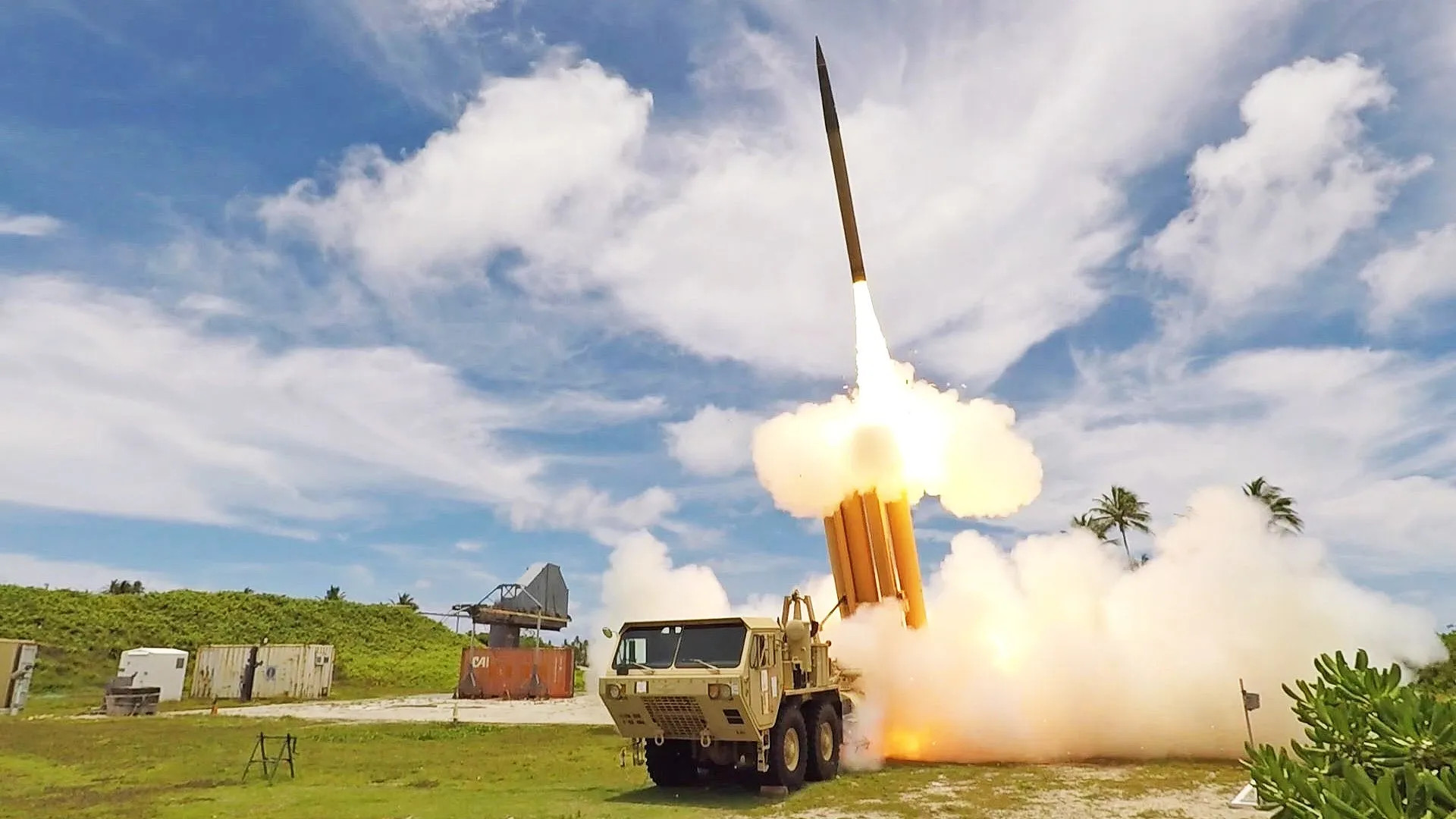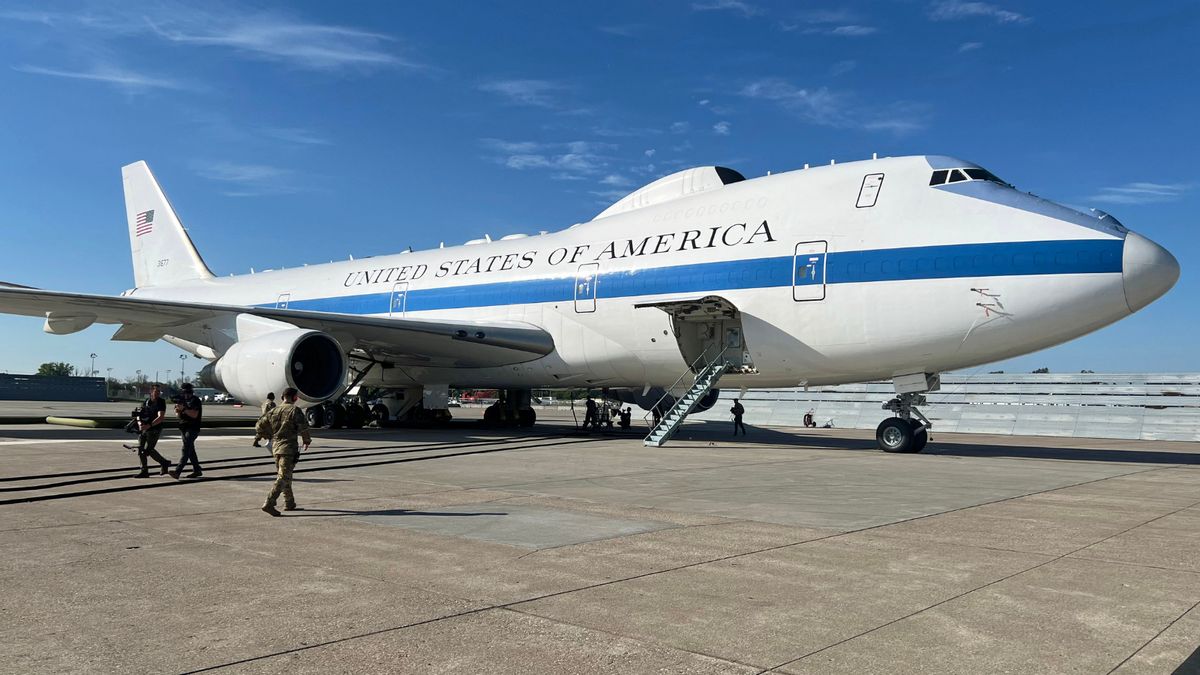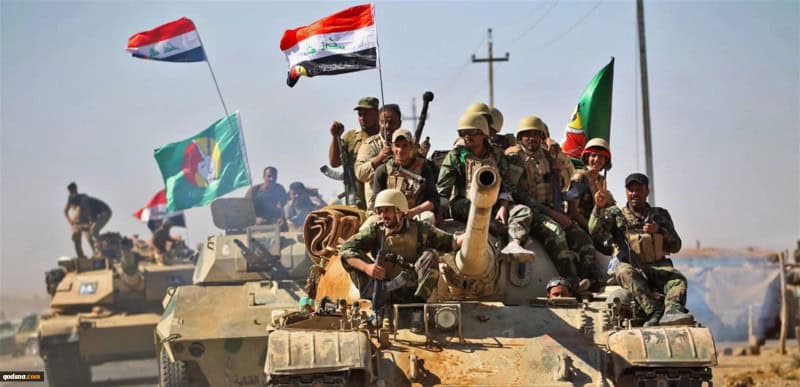T4K3.news
U.S. military depletes THAAD interceptors during Israel-Iran conflict
The U.S. fired over 150 THAAD interceptors supporting Israel, raising concerns about ongoing military readiness.

The U.S. utilized a staggering number of missile interceptors while supporting Israel against Iran.
U.S. military expends significant missile stockpile during Israel-Iran conflict
During a recent 12-day conflict between Israel and Iran, the U.S. Army reportedly fired over 150 Terminal High Altitude Area Defense (THAAD) interceptors. This amount accounts for roughly 25% of all THAAD interceptors ordered by the U.S. military to date, according to reports by The Wall Street Journal. The U.S. Navy also launched around 80 Standard Missile-3 (SM-3) interceptors during the conflict, raising concerns about their effectiveness. The Pentagon is now grappling with potential shortages as these high-demand systems were used at a rapid pace, with ongoing discussions about replenishing stockpiles.
Key Takeaways
"Operating alongside Israeli systems, THAAD operators burned through munitions at a furious clip."
This highlights the intensity of missile usage during the conflict.
"The demand for THAAD was so staggering that at one point the Pentagon considered a plan to divert interceptors purchased by Saudi Arabia."
This shows the urgency and pressure the U.S. faced in meeting defense needs during the crisis.
"Concerns about the SM-3s did not destroy as many targets as expected, according to defense officials."
This raises significant questions about the system's effectiveness in real combat scenarios.
"The Pentagon's Fiscal Year 2026 budget proposal indicates it could take years to replace the used THAAD interceptors."
This underscores issues related to military readiness and funding for replenishment.
This unprecedented use of THAAD and SM-3 interceptors highlights significant issues within U.S. military resources and procurement. As global tensions rise, particularly with China and regional conflicts in the Middle East, the sustainability of U.S. munition stocks is under scrutiny. The U.S. military's recent experiences illustrate not only the critical role these systems play in defense but also the urgent need for an improved rearming capability on naval vessels. The Pentagon's struggle to restock and maintain a robust inventory could have far-reaching implications for U.S. defense posture.
Highlights
- Military readiness is at stake with dwindling missile stocks.
- THAAD expenditure in conflict reveals unsustainable patterns.
- Rapid usage of interceptors poses questions for U.S. defenses.
- Increased demand for munitions underscores a worrisome trend.
Potential risks in U.S. missile supply and defense capability
With significant expenditures on THAAD and SM-3 systems, questions arise regarding the sustainability of U.S. military stockpiles. The rapid usage during the Israel-Iran conflict highlights vulnerabilities that could negatively affect defense capabilities in future global conflicts.
The future of U.S. missile defense readiness is now in question.
Enjoyed this? Let your friends know!
Related News

US THAAD missile interceptors used extensively in conflict

US and allies struggle with missile defense

Rumors of E-4B Doomsday Plane Flights Intensify

US military strikes Iran linked to evangelical beliefs
Iran is open to nuclear talks with the US under trust conditions

Iran prepares for conflict with Israel

Israel's Defense Minister Discusses Operation Against Iran

Conflict in Gaza Claims More Lives
